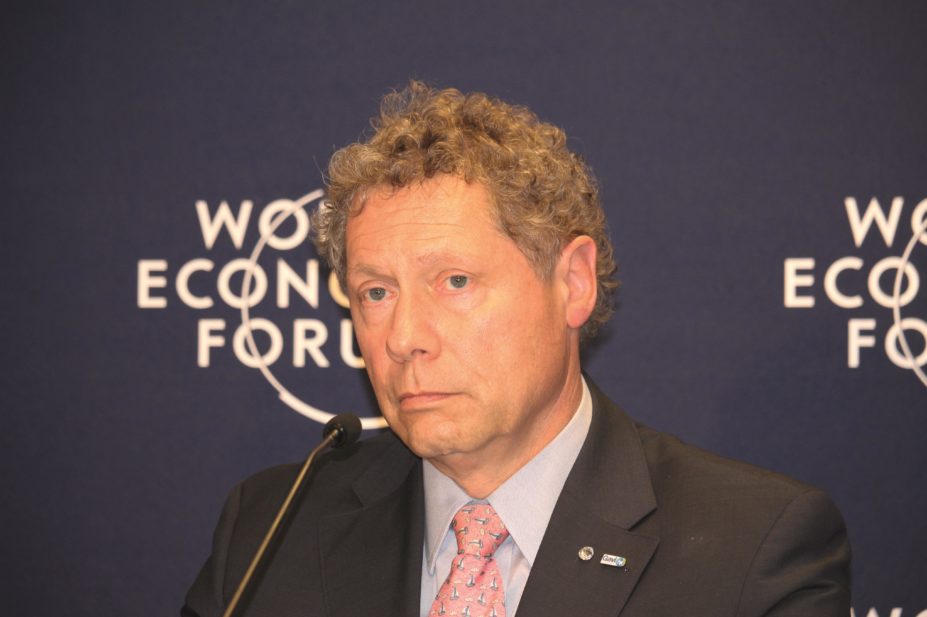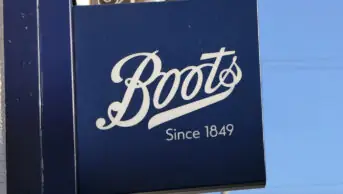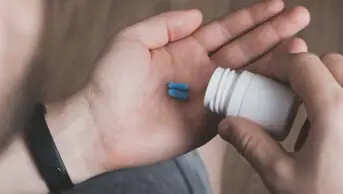
John Zarocostas
German Chancellor Angela Merkel hosted a summit on immunisation in Berlin on 27 January to raise $7.5bn to support Gavi programmes. What are your aspirations?
The conference is new in the sense it is a G7 conference on global immunisation. But, of course, Gavi was born at the World Economic Forum. This meeting is about filling the coffers for the next five years, which will require US$9.5bn, of which we have $2bn already. So, the gap is $7.5bn. With that we’d be able to immunise an additional 300 million children at least, prevent 5–6 million deaths, and to have between $80bn and $100bn of economic benefits.
How many governments have already pledged funding?
Norway has already started with a pledge of more than $1bn over five years. We’ve then had pledges from the UK of £1bn over five years, and from Canada C$500m. [At the conference, total pledges reached $7.5bn, and included $1.55bn by the Bill & Melinda Gates Foundation; $800m by the USA, and $720m by Germany.]
What have been the major achievements since Gavi was launched?
Gavi was launched as a small initiative around 15 years ago, starting with one vaccine and, today, we have 11 vaccines that we’re taking forward. We have immunised more than 500 million children with at least one vaccine — and many with more than one vaccine — and prevented 7 million deaths. So this is really an example of taking up public-private partnership to scale, and one of the things we are most proud of is our work with the pharmaceutical sector where we’ve done two things. First, given our buying power — purchasing vaccines for 60% of the world’s children — we’ve been able to reduce prices by guaranteeing long-term demand. The second thing that’s happened is because there’s now a stable market, we’ve seen new companies enter. So we went from having five companies providing vaccines for us in 2000 to now having 16 companies, many of them now in the developing world.
Are there potential vaccines that you would like to add to your list?
We are currently looking at a range of vaccines. The board has agreed if an effective Ebola vaccine comes out that we should make it available in this outbreak, if it’s still relevant, and also stockpile it for future outbreaks. We are taking at future malaria vaccines, and as a routine we keep looking at new products as they move forward.
On Ebola, how much has your board pledged?
They agreed to $400m for Ebola. That included the purchasing of up to 12 million doses, of any of a number of vaccines. It included creating a stockpile, rolling out those vaccines and doing preparations for that, and helping to build up the immunisation systems in the countries that have been most severely affected by Ebola.
If funding commitments fall short, do you hope pharma and the corporate will would chip in?
The most important way for industry to chip in is to try to set sustainable prices. So, we work with companies to try to bring down the price over time to create a better and easier packaging for use in these countries to reduce the cold-chain footprint of their products. The other side is that, by getting new manufacturers in, you create healthy competition which helps to create a better situation.
Some medical non-governmental organisations have been critical of your advance purchase scheme. What is your perspective?
The criticism is that prices could be lower, or should be lower. But when the advance market commitment was set up there was no purchasing of pneumococcal vaccine, which, in many countries, is the biggest killer of children. There was no purchasing of that product, and the challenge was to put a scheme in place that would entice companies to become engaged and increase their production dramatically and reduce the price. The price we ended up with, $3.50 initially, was a 97% reduction from the US prices. At the end of the day we were able to get it out and now it’s been rolled out in more than 40 countries and it’s saving millions of lives. I’ve seen that price come down a little bit. We hope to see it come down more and, of course, eventually we want to see more entrants into the market.
What’s next on the agenda for Gavi?
The next step is going to finish rolling out the new vaccines that have come up and continue to look at new ones like Ebola. We are rolling out vaccines against diarrhoea and pneumonia (two major child killers). We also have vaccines against the rotavirus and pneumococcal infections, two cancer vaccines (hepatitis B for liver cancer and the five-in-one pentavalent human papillomavirus for cervical cancer), and recently we added vaccines for rubella, which protects against congenital rubella syndrome and against Japanese encephalitis in some areas.
The next period (2016–2020) is also about trying to increase coverage and equity. Right now, 5% of the children in the world receive the 11 vaccines the World Health Organization recommends globally, and we hope to be able to take this number from 5 to 50% over five years.
Interview by John Zarocostas


